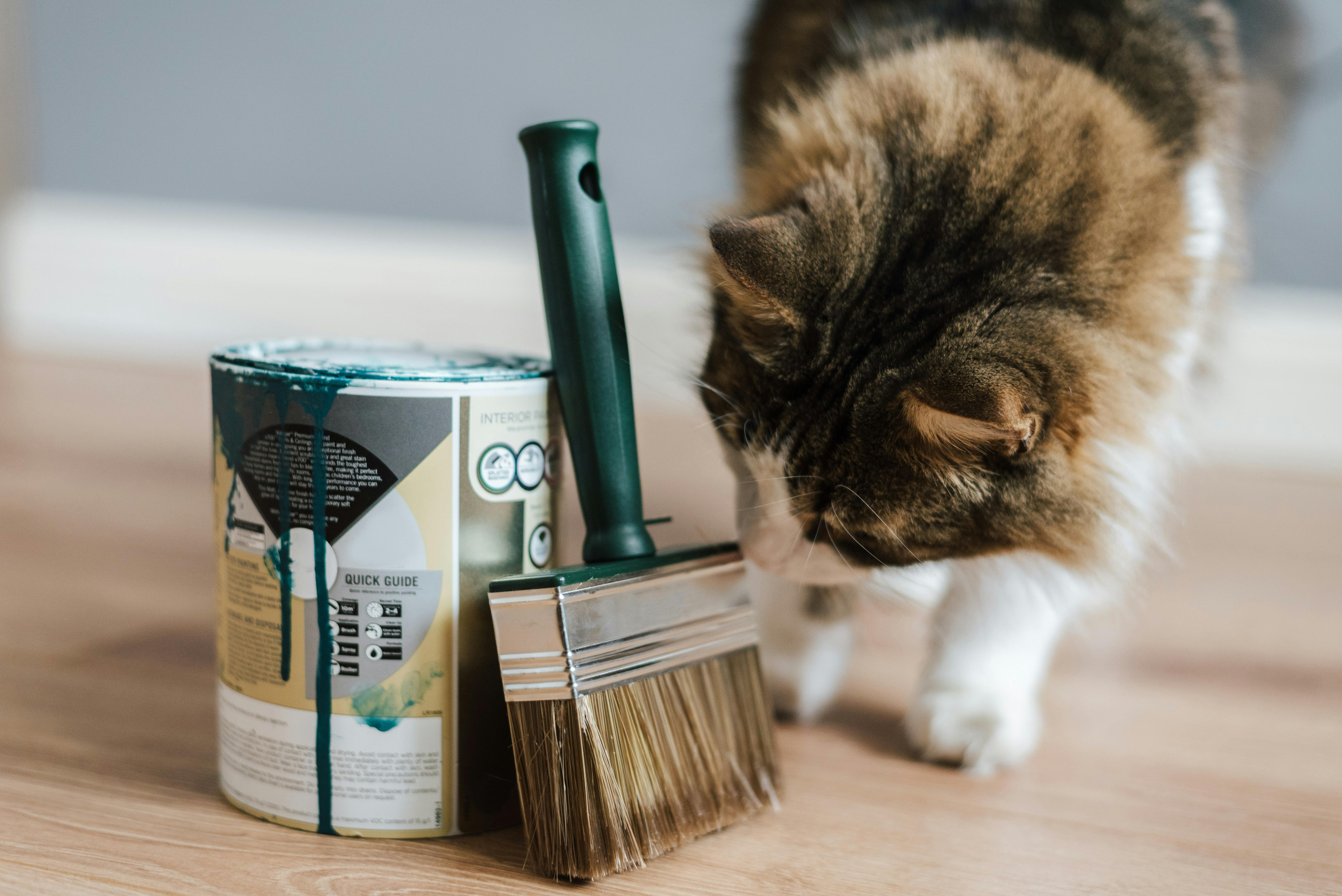I. Definition of Fixed Assets
Using the acronym TIME we can define a fixed asset quite easily. A fixed asset is tangible. It is real property, you can touch it. Elements like goodwill are intangible. Goodwill is the amount a person would pay above the actual value of a business because of its good reputation, location, or name. There is no definitive amount that can be assigned to the goodwill category in any transaction, as it is a subjective value.
A fixed asset is NOT an inventory! Okay, there’s a bit of license taken with this one, but otherwise the acronym doesn’t work. Inventory is not a fixed asset and should never be considered as such. Inventory is part of the Cost of Goods Sold account.
A fixed asset has a material value. I had a client at one point who tried to depreciate a $300 software package over ten years. If the asset is less than $500, include it as an expense, not a fixed asset. If it exceeds $1,000, it must be depreciated. Intermediate amounts can arguably go either way depending on the asset itself. Ask your tax professional for the best advice.
The estimated useful life of a fixed asset is greater than 1 year. In other words, printers, computers, vehicles, buildings all last over a year (unless it’s a Ford), okay, that was a joke. If the asset is not expected to last more than a year, it is not a fixed asset.
II. Fixed asset cost
Go to the List menu and click Chart of Accounts to open it. Press CTRL and N for a new account and select fixed assets. Ideally this is done in the year of purchase by logging into Quickbooks, if not click on the opening balance and enter the cost of the fixed asset at the time of purchase.
I find it helpful to create a fixed asset account for the item and enter the cost and other information in a subaccount under that item to help keep track of everything in a more orderly way, which helps if you have more than one. fixed asset. It is important to use the full cost amount, not the amount financed, as depreciation is based on full cost; we’ll cover the amount actually owed later in this article.
third Accumulated depreciation of fixed assets
Vehicles can be depreciated starting 5 years from the date of purchase. Computers and certain tools can be depreciated over 3 years as they don’t usually last 5 years. Buildings can be depreciated over a period of 27.5 years. Different kinds of depreciation include straight line, double declining balance, etc. and would be the subject of a new article. (Depreciation vs. Section 179 – coming soon)
Create another fixed asset account, again in a subaccount below the item, and name it as shown below:
Vehicle
vehicle cost
Accumulated depreciation of the vehicle
If the item description is too long, Quickbooks will shorten it for you, just make sure you understand what it’s for, Vehicle – Acc. Dep would work just as well. Accumulated depreciation is entered as a negative figure that reduces the value of the item being depreciated. With vehicles, you need to figure out what that vehicle would be worth in 5 years, you can use http://www.bluebook.com to find a similar make and model 5 year old vehicle and use that figure.
In other words, if your $20,000 vehicle will be worth $5,000 in five years, you depreciated the $15,000 difference over that five-year period, which would be $3,000 of accumulated depreciation per year. (or $250 a month if you want precise accuracy over the year. Better to use the records to enter accumulated depreciation, you don’t need a payee as this isn’t a monetary transaction here, you’re just writing off the value of the fixed asset and assigning it to an account.
IV. depreciation expense
The account you use to allocate to accumulated depreciation is the depreciation expense account. And again, I find it helpful to make Depreciation Expenses the primary or primary account and create a subaccount for each fixed asset you’re depreciating so you can keep track of the useful life of each fixed asset and the amounts that are depreciated. This will help you keep a good eye on fixed assets that need to be replaced soon.
V. Fixed assets and accompanying loans
Most business owners don’t have the capital to pay cash for their fixed assets, and in many cases, it’s not in their best interest to do so. So how to handle the loan? Go back to the chart of accounts and press CTRL N to create a new account which will be a long-term liability account. Enter the amount you still owe as your opening balance and your due date. Still using the vehicle example, it would be:
vehicles
Vehicle loan – 20000
Enter an invoice for the payment amount when you receive it. And check the breakdown of the interest you’re paying versus what’s actually going toward the beginning of the loan. Apply the principal amount to the vehicle loan account on the check or bill, and if you haven’t created an interest account, do so. Break it down for each element or fixed asset for which you pay interest. This would not be the place to put credit card interest, make sure it is in a separate category.
Interest expense 2338
Vehicle interest 350
Team interest 888
Construction interest 1100
Credit card interest 430
Every time you write a check, the principal amount should be deducted from what you owe on the vehicle, and the statements sent to you should reconcile very well.
Just a note for those who are financing a car through a credit card company, make sure you don’t record it as a credit card payment, make sure the fixed asset information is entered and accurate, otherwise you could lose the advantage of depreciation. expense that is deducted from your taxable income. And keep an eye on credit card lenders’ fees, as they tend to fluctuate wildly on everything from the interest paid to the fees they charge you for the privilege of paying them over the phone or online. This is money that will not pay for the vehicle and is more detrimental to your financial situation than an advantage.
Several of these companies have been guilty of adding unnecessary fees to make repaying the loan extremely expensive. One company in particular has a payment office in Miami and another in San Diego. Where does a customer have to send their payment in Miami? San Diego. Why? Because there is a higher chance that you will be able to charge a late fee, even if the payment is mailed on time. They are predators, so be careful!


